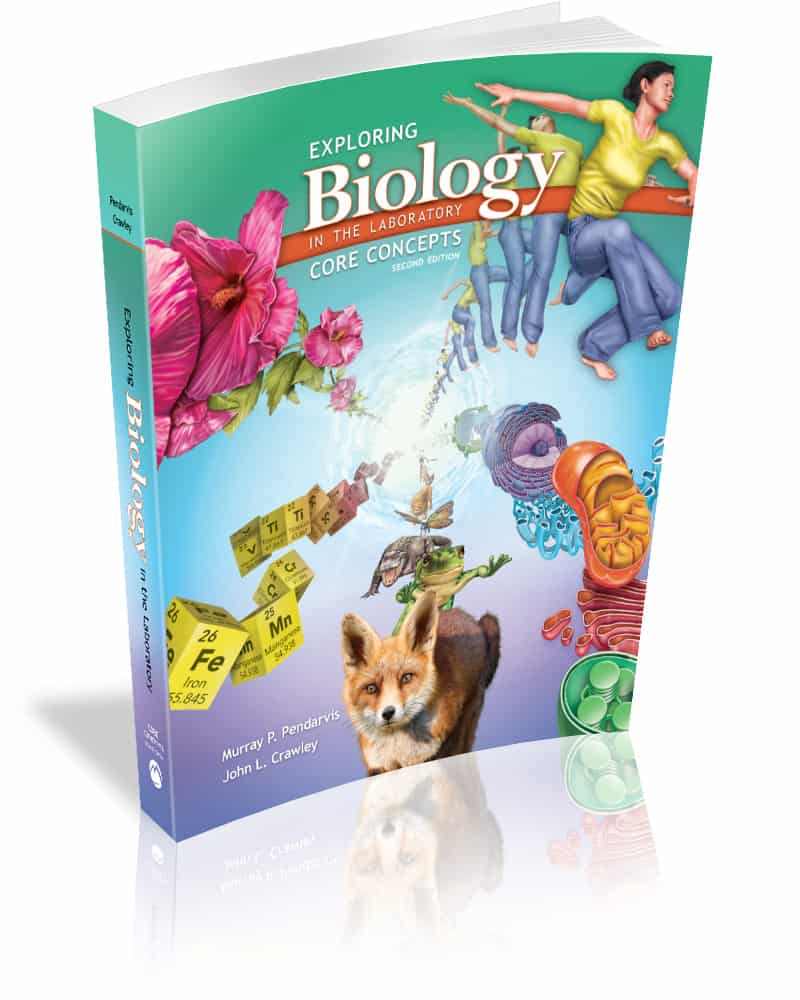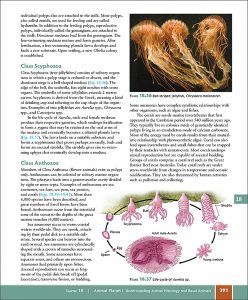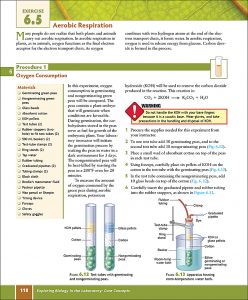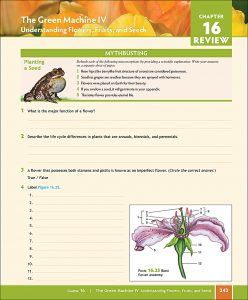Murray P. Pendarvis
A resident of Walker, Louisiana, Pat is currently an assistant professor of biological sciences at Southeastern Louisiana University. He teaches general biology for majors and nonmajors, honors biology, medical terminology, anatomy and physiology, the history of biology, evolutionary biology, and biophotography. In addition, he is an adjunct professor of biology at Our Lady of the Lake College in Baton Rouge, teaching general biology, environmental science, paleontology, evolution, medical genetics, and the history of medicine. Prior to teaching at the university level, he taught science at Doyle and Walker High Schools in Livingston Parish, Louisiana.
As a result of his dedication to quality science education, he has received a number of awards, including the Presidential Award for Excellence in Mathematics and Science Education and the National Association of Biology Teachers Outstanding Teacher Award. In addition to teaching, Pat is an author, writing biology texts for McGraw-Hill and Morton Publishing Company.
One of Pat's passions is the science and art of biophotography. He has published many photographs in several biology and ecology texts. Pat earned a B.S. degree in biology education, a M.S. degree in zoology from Southeastern Louisiana University, and a Ph.D. in science education from the University of Southern Mississippi.
John L. Crawley
John spent his early years growing up in Southern California, where he took every opportunity to explore nature and the outdoors. He currently resides in Provo, Utah where he enjoys the proximity to the mountains, desert, and local rivers and lakes.
He received his degree in zoology from Brigham Young University in 1988. While working as a researcher for the National Forest Service and Utah Division of Wildlife Resources in the early 1990s, John was invited to work on his first project for Morton Publishing, A Photographic Atlas for the Anatomy and Physiology Laboratory. After completion of that title John started work on A Photographic Atlas for the Zoology Laboratory. To date John has completed eight titles with Morton Publishing.
John has spent much of his life observing nature and taking pictures. His photography has provided the opportunity for him to travel widely, allowing him to observe and learn about other cultures and lands. His photos have appeared in national ads, magazines, and numerous publications. He has worked for groups such as Delta Airlines, National Geographic, Bureau of Land Management, U.S. Forest Service, and many others. His projects with Morton Publishing have been a great fit for his passion for photography and the biological sciences.




